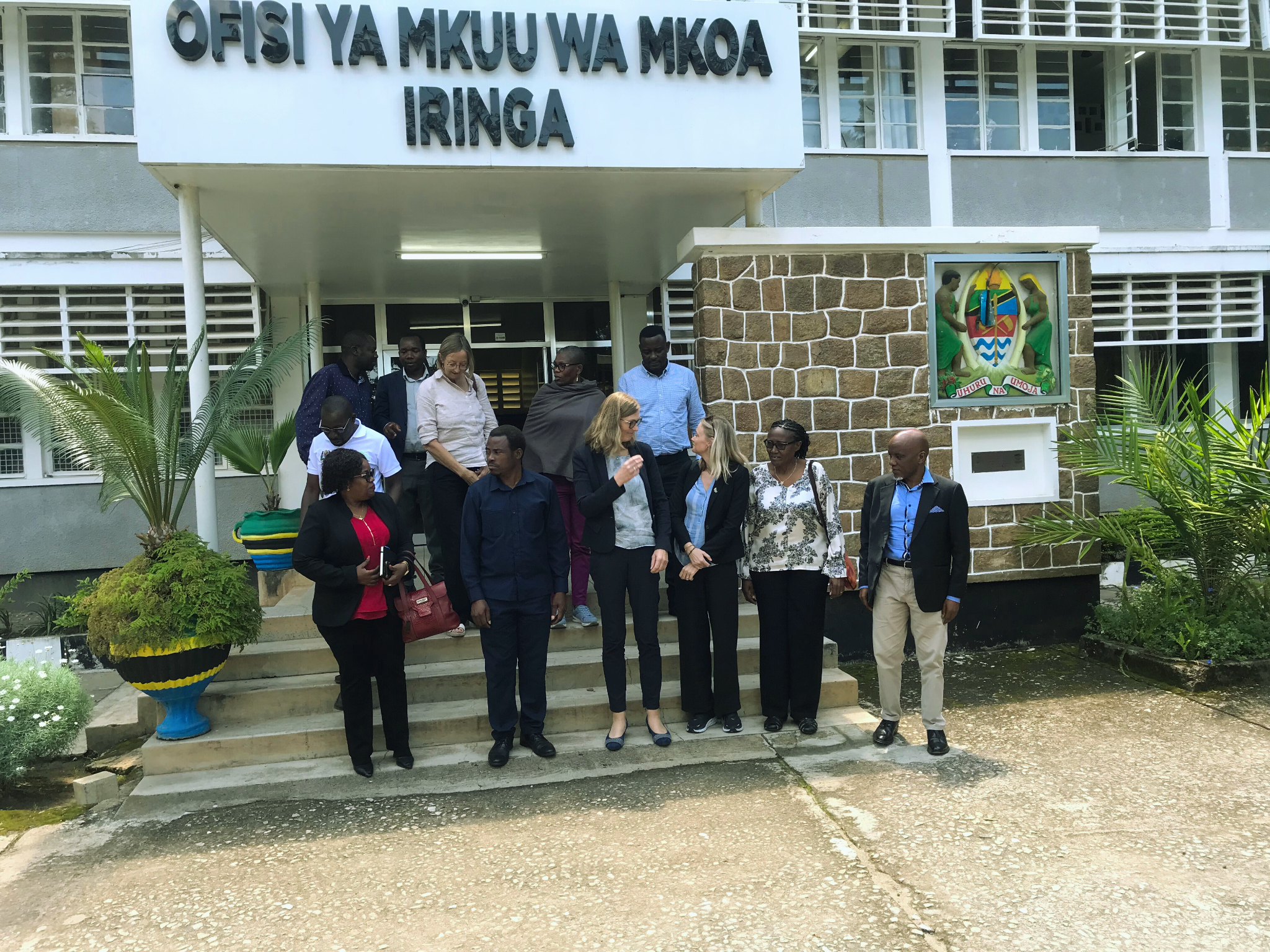SAGCOT has shown innovation and partnership, bridging the gap between the public and private sectors to foster agricultural growth and sustainability. Said Elias Luvanda, in his role as the Acting Iringa Regional Administrative Secretary, took this occasion to elaborate on the successes and the roadmap ahead for the SAGCOT initiative.
On the 13th of March, an event illuminated the Southern Agricultural Growth Corridor of Tanzania (SAGCOT), marking the beginning of a three-day journey of discovery. The visit by Her Excellency Madam Tone Tinnes, the Norwegian Ambassador to Tanzania, cast a spotlight on SAGCOT’s progressive achievements in agricultural development. This initiative, a result of the collaborative efforts between the SAGCOT Centre and the regional governments of Iringa and Morogoro, demonstrated the vital impact of international cooperation in advancing agricultural practices within Tanzania’s rich landscapes.
Elias Luvanda, in his role as the Acting Iringa Regional Administrative Secretary, took this occasion to elaborate on the successes and the roadmap ahead for the SAGCOT initiative. “SAGCOT has been a lighthouse of innovation and partnership, bridging the gap between the public and private sectors to foster agricultural growth and sustainability,” Luvanda stated, highlighting the extensive influence of the initiative across various districts, from Iringa to Makete. The ambassador’s visit underscored the importance of global partnerships in nurturing the agricultural sector’s evolution.
Luvanda further noted, “Good governance is a cornerstone for the successful implementation of activities by both the public and private sectors within the SAGCOT zone. Partnerships include a wide range of stakeholders, including farmers, investors, business owners, and local government entities, all committed to elevating agricultural practices and the investment climate.”
The SAGCOT initiative has led to notable advancements in the Ihemi cluster, which includes Iringa and Njombe. “We’ve facilitated access to quality agricultural inputs through partnerships with reputable companies like Yara and SeedCo. This, along with enhancing production in key crops such as avocados, vegetables, soy, and tomatoes, has significantly boosted the region’s agricultural productivity.”
Moreover, the initiative has been instrumental in opening up markets for farmers, providing education on soil health, and connecting farmers to financial and advisory services. “These efforts have transformed agricultural practices in our region, leading to increased efficiency and sustainability,” Luvanda added.
A pivotal achievement of the SAGCOT initiative is the 2015 Compact Agreement, a collaborative framework between public sector stakeholders, development partners, and the private sector. “The agreement is designed to enhance communication and cooperation among all stakeholders, addressing challenges related to policies, legal issues, taxation, and land use that impede progress,” explained Luvanda.
The initiative’s success is further evidenced by the establishment of commodity-specific platforms and significant infrastructure improvements, such as road access to key processing facilities. “These platforms and improvements have facilitated a more efficient and effective agricultural value chain,” Luvanda highlighted.
Luvanda also touched on the resolution of conflicts and the establishment of forums like the Ihemi GRG, which are testament to the initiative’s commitment to sustainable development and community inclusivity. “Through these efforts, we are not just enhancing agricultural productivity but also building a more sustainable and inclusive future for our communities,” he concluded.
The visit by Ambassador Tinnes not only celebrated these achievements but also underscored the strong partnership between Tanzania and Norway in the realm of agricultural innovation and international cooperation.
The SAGCOT’s Ihemi Cluster has been at the forefront of advancing agricultural practices in Tanzania, particularly in the regions of Iringa and Njombe.
